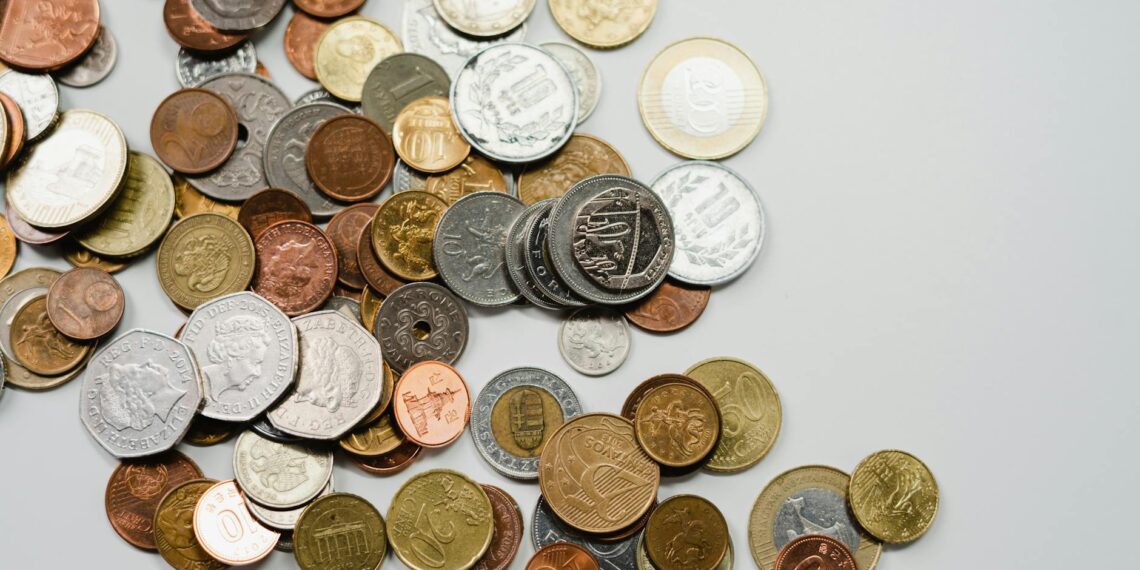The term “half dollar” refers to a United States coin with a face value of 50 cents, equal to half of a dollar.
Here’s some information about the half dollar coin:
- Current Design: Since 1964, the obverse (heads) of the half dollar features President John F. Kennedy. The reverse (tails) showcases the Presidential Seal.
- History: The first half dollar was minted in 1794. Early half dollars depicted Liberty in various forms. In 1948, Benjamin Franklin replaced Liberty on the coin. During the bicentennial of 1975 and 1976, the reverse showed Independence Hall instead of the Presidential Seal.
- Composition: From 1794 to 1964, half dollars were made of silver. The composition changed to a copper-nickel clad in 1971. Half dollars minted between 1965-1970 contained 40% silver.
- Circulation: Half dollars were once common in circulation but became less widely used by the end of the 1970s. From 2002 to 2020, they were primarily produced for collectors, although the Federal Reserve could still order them for circulation. Production for general circulation resumed in 2021.
- Collectibility: Due to their designs and history, U.S. half dollars are popular among coin collectors. Collector versions of modern half dollars can be purchased from the U.S. Mint.
In summary, a half dollar is a 50-cent coin with a rich history and collectible value, although its use in everyday transactions is limited.









Can you still pay with a half dollar coin?
Half dollar and $1 coins are usually produced as collectibles. However, they may still be ordered by the Federal Reserve for circulation and used as legal tender.
Will banks accept half dollar coins?
Yes, You Can Deposit Coins at Your Bank
Check your bank’s policy. Certain credit unions and community banks still have coin-counting machines.